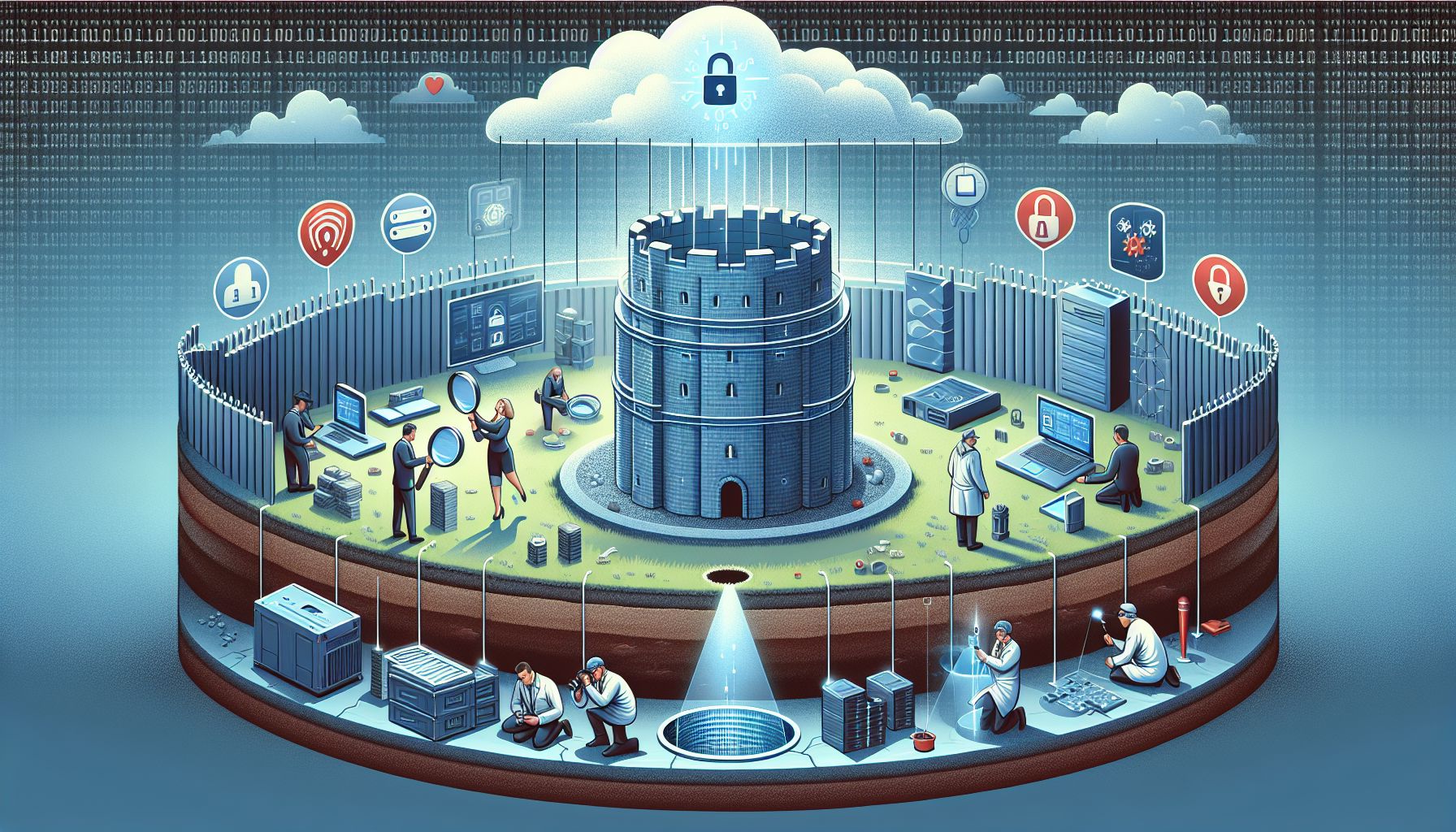When it comes to protecting your digital assets, cyber security and computer forensics play a crucial role in safeguarding your information from potential threats. In today’s interconnected world, where data is constantly being exchanged and stored on various devices, it’s more important than ever to have robust security measures in place to prevent unauthorized access and data breaches.
Introduction to Cyber Security
Cyber security is the practice of protecting computer systems, networks, and data from cyber attacks. These attacks can take many forms, including malware, phishing, and ransomware. With the rise of remote work and cloud computing, the need for strong cyber security measures has become more apparent.
One of the key aspects of cyber security is the concept of defense in depth, which involves implementing multiple layers of security to protect against various types of threats. This may include firewalls, antivirus software, encryption, and user authentication mechanisms.
Importance of Computer Forensics
Computer forensics is the process of collecting, analyzing, and preserving digital evidence to investigate and prevent cyber crimes. This field is vital for identifying and prosecuting individuals who engage in malicious activities online, such as hacking, fraud, and data theft.
Computer forensics involves techniques such as data recovery, metadata analysis, and network forensics to uncover evidence of cyber crimes. By using specialized tools and methodologies, forensic experts can piece together digital trails and reconstruct the sequence of events that led to a security incident.
Best Practices in Cyber Security and Computer Forensics
To enhance your organization’s cyber security posture and forensic capabilities, consider implementing the following best practices:
- Regularly update your software and security patches to protect against known vulnerabilities.
- Use strong passwords and implement multi-factor authentication to prevent unauthorized access to your systems.
- Conduct regular security audits and penetration tests to identify potential weaknesses in your network.
- Train your employees on cyber security awareness and best practices to prevent social engineering attacks.
- Develop an incident response plan that outlines the steps to take in the event of a security breach.
By adhering to these best practices, you can strengthen your defenses against cyber threats and minimize the impact of security incidents on your organization.
Conclusion
In today’s digital age, cyber security and computer forensics are essential components of any organization’s risk management strategy. By investing in robust security measures and forensic capabilities, you can protect your digital assets from cyber threats and respond effectively to security incidents when they occur.
Remember, cyber security is a continuous process that requires vigilance and commitment from all stakeholders. By staying informed about the latest threats and technologies in the field, you can stay ahead of cyber criminals and safeguard your organization’s sensitive information.




